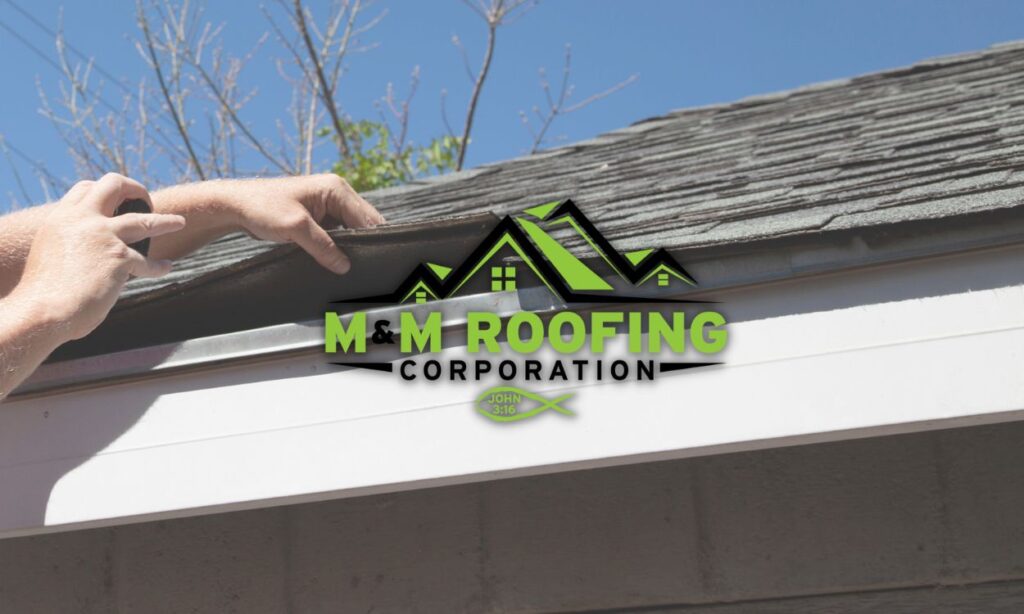When it comes to a company’s carbon footprint, there are many benefits of shingle recycling. These include lower costs, reduced landfill space, and reduced greenhouse gas emissions. Roofing contractors who participate in recycling programs also gain a competitive edge. Recyclable shingles are a valuable resource that can be used in several ways, including for road construction and aggregate.
Saves landfill space
If you’re interested in protecting the environment and saving landfill space, you should consider shingle recycling. It’s a simple process and benefits the environment in several ways. A contractor will tear off old shingles and separate the asphaltic elements from the non-asphaltic ones. These materials are loaded into separate trailers and transported to a shingle recycling facility. During the recycling process, the old shingles are inspected for asbestos and other contaminants to ensure they’re safe to reprocess.
In addition to saving landfill space, shingle recycling can help save contractors and homeowners money. Some projects can save up to 50% of the costs associated with landfill tipping fees. Reusing asphalt shingles is also beneficial for the environment. One average-sized house’s shingles can pave 200 feet of highway, making them a valuable resource.
The recycling process can make asphalt shingles more cost-effective, reducing the need to purchase new aggregate and asphalt. Many manufacturers are exploring ways to reuse shingles, and some are even developing processes for producing recycled shingles. Recycled shingles not only save landfill space but can also help create jobs and reduce paving costs. Additionally, the process can help homeowners positively contribute to the environment by contributing positively to their community.
Reduces greenhouse gas emissions
To reduce greenhouse gas emissions, the roofing industry is trying to develop new markets for recycled shingles. Recycling asphalt shingles can have an environmental impact, but new shingles and asphalt mix costs are high. In addition, asphalt shingles are heavy, so their recycling can be costly. Recycling can also save money if tipping fees are competitive with landfill fees.
In the United States, asphalt shingles are not considered combustible, and recycling them can offset the fuel used to manufacture them. However, since they don’t break down or biodegrade, asphalt shingles contribute to net emissions, and recycling them will only eliminate them partially. In fact, in the United States, 11 million tons of asphalt shingle waste is generated each year, equivalent to nearly 47 000 passenger cars and 23,750 homes per year.
Currently, 11-13 million tons of asphalt shingles are dumped into landfills. This means that it takes hundreds of years for these shingles to decompose. Seeing this, Lendlease started developing programs to recycle them and reduce their environmental impact. They have also partnered with companies like Mycocycle and Rubicon.
Reduces costs
The cost-benefit ratio of shingle recycling depends on various factors, including shingle processing costs, landfilling costs, and the price of virgin asphalt cement. For example, a Texas Transportation Institute study estimated a cost-benefit ratio of approximately $4 to $7 per ton of HMA using recycled shingles. That estimate is based on a 5% RAS mixture and an average price of $600 per ton of virgin AC. As long as oil prices remain high, the economic savings from shingle recycling are expected to increase.
Recycled shingles can help the environment by reducing the need for fresh oil. Asphalt is made from petroleum, which has to be pumped out of the ground and transported long distances. Glass, on the other hand, never biodegrades in landfills. Recycling shingles can also help the environment by reducing construction waste in landfills.
Shingle recycling reduces costs for construction companies. Companies can save on raw materials by recycling shingles, which takes little time and effort. The shingles can be reused as a roofing material, and the nails can be recycled as scrap metal. Additionally, recycling shingles reduce environmental demand by keeping new raw materials out of local landfills. This also helps reduce the cost of new construction materials.
Improves quality
When it comes to roofing, there are many different types of shingles available for your home. Each class has unique benefits and disadvantages, so choosing the right one for your home is crucial. CertainTeed, for example, is a budget-friendly brand that stands up well in wind and other conditions. However, some types can pull away from the roof if the installer needs to do a better job.
Architectural shingles are among the most common types of shingles and are available in a variety of colors and designs. They also tend to be the least expensive, which makes them a popular choice. However, they are designed to look like wood and slate. Their design incorporates two layers of material that are laminated together. Besides aesthetics, architectural shingles also offer better protection from wind and hail.
When shopping for shingles, you should also consider the manufacturer’s reputation. Many well-known manufacturers offer better warranties than fly-by-night start-ups. However, it is essential to remember that the brand can mean something other than the quality of the materials. In addition to that, consider the warranty offered by the roofing company.
Call M & M Roofing Corp if you need a Professional Roofing Contractor; we also offer a wonderful residential roofing, we service the New Jersey Area.

